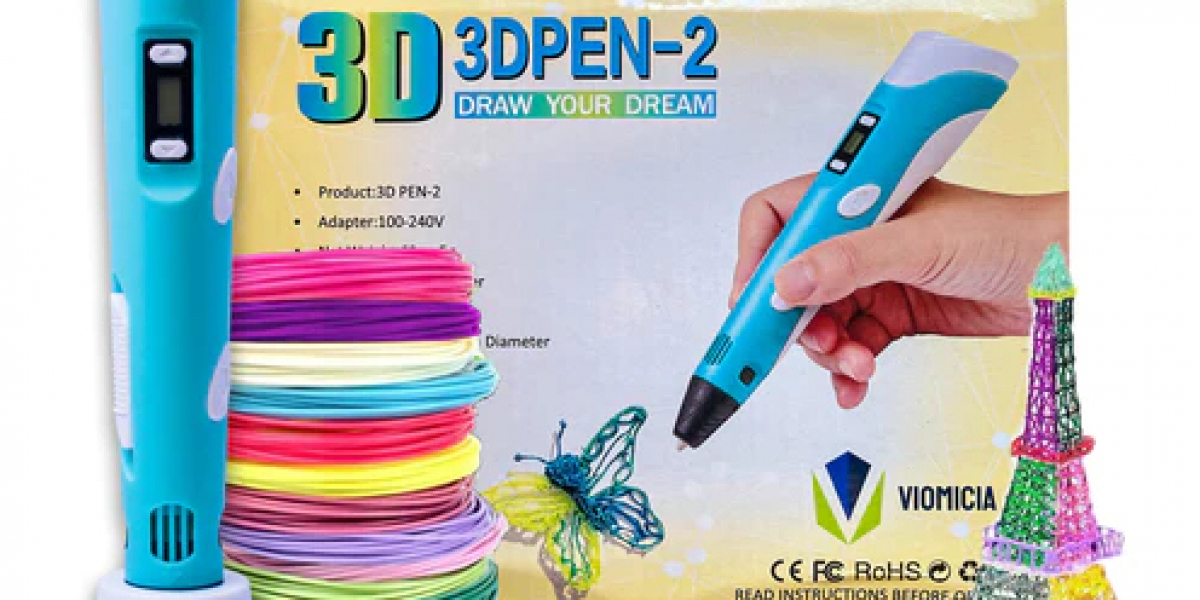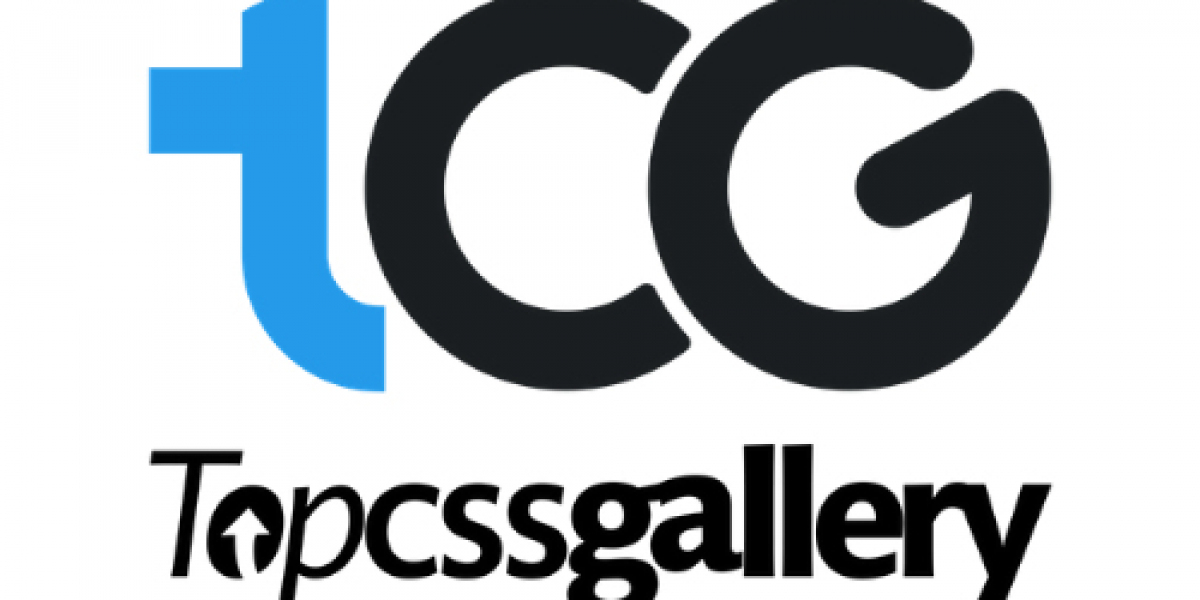1. The Anatomy of 3D Pens:
At first glance, a 3D pen appears to be a sleek and compact device, resembling a conventional pen. However, beneath its unassuming exterior lies a sophisticated mechanism. These pens typically operate using two main components – a heating element and a feed mechanism. The heating element melts a plastic filament, typically made of ABS or PLA, turning it into a malleable and semi-liquid state. The feed mechanism then pushes this melted filament through the pen's nozzle, allowing users to sculpt and draw in three dimensions.
2. Applications in Art and Design:
3D pens have become indispensable tools for artists and designers seeking to add an extra dimension to their creations. With the ability to draw in mid-air, artists can produce intricate sculptures, abstract designs, and detailed models that were once limited to the digital realm or traditional sculpting methods. The versatility of 3D pens also allows for the creation of personalized accessories, decorative items, and prototypes, providing a tangible representation of the creator's vision.
3. Educational Benefits:
Beyond the realm of art, 3D pen have found their way into educational settings, proving to be valuable tools for fostering creativity and innovation among students. These pens provide a hands-on approach to learning about spatial concepts, geometry, and design principles. As students bring their ideas to life in three dimensions, they develop problem-solving skills and gain a deeper understanding of mathematical and scientific concepts.
4. DIY Projects and Prototyping:
For hobbyists and DIY enthusiasts, 3D pens have become indispensable tools for bringing ideas to life. From custom phone cases and jewelry to intricate architectural models, the possibilities are limited only by one's imagination. The ability to prototype ideas quickly and affordably makes 3D pens a valuable asset for inventors and innovators, allowing them to test concepts before committing to more expensive production methods.
5. Challenges and Future Developments:
While 3D pens have opened new avenues for creativity, they are not without challenges. Learning to control the flow of melted filament and mastering the art of layering can take time and practice. Moreover, the limited range of materials currently available for use in 3D pens is an area ripe for development.
Looking ahead, researchers and manufacturers are exploring ways to enhance the capabilities of 3D pens. Innovations such as multi-material compatibility, finer nozzle designs, and improved user interfaces are on the horizon, promising an even more seamless and versatile creative experience.
Conclusion:
In the dynamic intersection of art and technology, 3D pens stand as potent tools, empowering individuals to transform their imagination into tangible, three-dimensional creations. Whether used for artistic expression, educational purposes, or prototyping, 3D pens have carved a niche for themselves in the world of creative innovation. As technology continues to advance, these handheld devices are poised to unlock even more possibilities, inspiring a new era of artistic exploration and DIY ingenuity.








